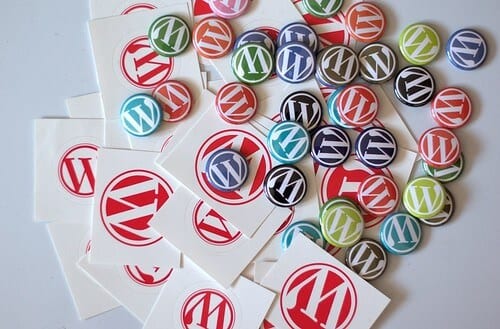There are many ways you can start a community – you could create a meetup, you could build a community around a podcast, or you could have a dedicated membership site as part of your website.
Having an online community can be quite revolutionary for some people because it helps them bridge distance, whether that’s physical distance from others in the group, or social distance because of things like COVID-19. For some online communities can be a lifeline for connection and building relationships.
It’s one thing to have a membership site, but entirely another to make it successful. It doesn’t matter whether your community is the local football club or an online tarot readers association – your community is made up of people with similar interests who want to connect and grow.
IT’S ABOUT BEING SOCIAL
Virtual communities can wane because community managers don’t know how to keep members engaged. Often, community owners are focused on numbers, where the real focus should be on engagement and adding value to the group who are supporting you.
To me being social is so important. Be present, active, and connected with your tribe. In real life, you wouldn’t run a community organisation without meeting regularly and being present. The same principle applies to online communities. Take every opportunity you find to connect with the people who have joined your community. Make them feel welcome, valued, and essential.
Regularly participate in your own communities conversations – and try not to zoom in and zoom out at irregular intervals. Answer questions, fuel conversations and be timely – this is nearly guaranteed to generate a lot of interest and engagement from your audience.
When you get the engagement right, the numbers will follow.
A little-recognized fact about successful communities is that community managers could spend as much time interacting one-on-one with their members in the comments of blog posts, as they do creating new ones. For members, feeling valued and included with an answered comment can be more rewarding than the latest new piece of content.

YOUR COMMUNITY NEEDS GOLD-STANDARD CONTENT
Of course, you need to post great content too. Ensure that what you deliver is the best, well-created, and planned content you can muster. If you’re writing a blog post then terrific images and a good proofreading app like grammarly.com is absolutely essential, as something as simple as a typo or poor grammar can come across as uncaring.
When you write content, include some questions for your community. Seek out their opinion and value what they tell you. As you do this, you’ll find that a shift will happen to more spontaneous dynamic conversations.
Ask your members about new features or subjects they’d like to learn about. Share sneak-peeks and share the development process to build a sense of involvement and anticipation. Discounts are also a great way of making your members feel special.

CAN YOUR COMMUNITY BENEFIT FROM COMMENT NOTIFICATIONS?
When you set up your comments, enable the ability for your users to get notified when there’s a reply. That way, your members will know when they get a reply and it will prompt them to get back into the conversation.
Above anything – show your gratitude. Thank your members for the things they do, and for being involved. Personal notes work really well, as they make people feel motivated and anything personal will strengthen your bond with them… consider each engagement like a deposit in their bank account. The more you can deposit, the more they will reciprocate the love with you and others.

COMMUNITY MEASUREMENT IS A KEY TO SUCCESS
Like anything, those things that get measured – get done! And with any community measuring key metrics is critical to ensure that your tribe is healthy and vital. Here are the metrics I suggest you keep track of.
- Members (the number of members you have)
- Activity (how engaged you, and your members are on your site)
- Growth (how much your membership base is growing).
In the earliest stages of your site, be as personally engaged as you possibly can. Find every opportunity to connect and engage with the people who have invested their money and time with you.
Set goals around these metrics, and plan to launch new features as you meet those goals. As your site numbers grow, you may plan to involve more of your community as moderators or some other role that increases their involvement even more. As your membership interactions flourish you may plan to move the conversation from blog comments to a forum for more real-time conversations.
As you can see, nurturing your community requires your time and your dedicated effort. As you put the investment into your people and start to implement the ideas in this post, I’m confident that you’ll see your community continue to grow each month and really start to thrive.






